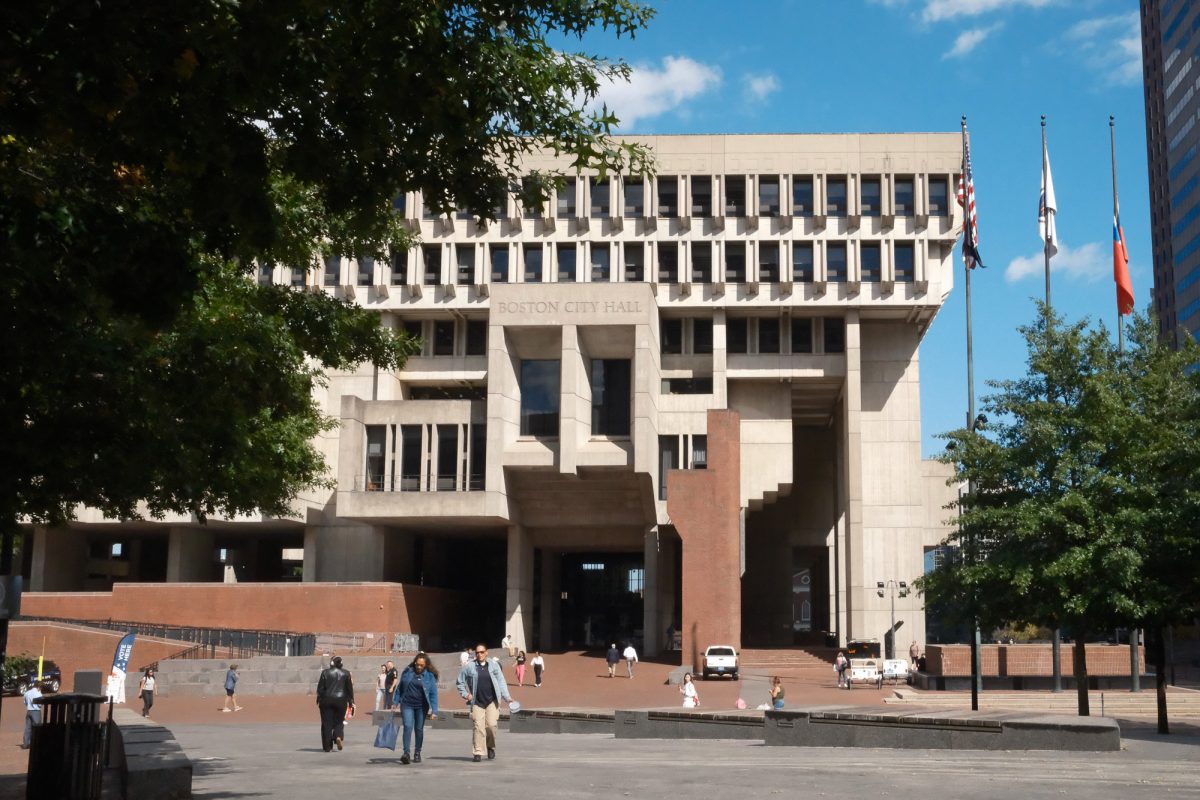
The Massachusetts Bay Transportation Authority launched a contest last week for people to redesign the current system map, yet has no plans to replace the maps in the near future, citing insufficient funding.
The transit agency and the Massachusetts Department of Transportation are both sponsoring the contest to redesign the map in celebration of National Transportation Week running from May 12-18, according the MBTA’s website.
Kelly Smith, spokeswoman for the MBTA, said in a statement that the MBTA created the contest to help generate new design ideas but will not be implemented in the future.
“Replacing all of the maps in the MBTA system would represent a significant expense and not one that is being contemplated at this time,” she said.
Peter Dunn of Stonebrown Design said the MBTA map needs to be reworked.
“The map right now is pretty cluttered and has had a lot of things added to it over the years,” he said. “It is really difficult to see what is important and what is not important at a glance. There are a number of things that are a little bit sloppy and overlapping.”
Dunn said he believed this was a missed opportunity for the MBTA, saying that this could have been a good way for it to get feedback from designers on things the MBTA could improve upon.
“I think it is worthwhile to get the community involved, even if the map won’t be used. It’s good to get people together to share their ideas in officially sanctioned forum,” Dunn said.
Cameron Booth a noted blogger who resides in Portland, Ore. recently created a new map design.
“Transit map design is a difficult, complex discipline that requires elements of graphic design, cartography, typography and art to be successful,”
Booth said he does not find the map to be aesthetically pleasing.
“I personally don’t find it attractive because my overall impression of the map is that it’s very busy and jumbled, with poor informational hierarchy: It can’t decide what the most important elements are,” he said.
Katherine Cornetta, assistant to the Dean of Students at Boston University, said she commutes on the Green Line daily. “I lived here nine years and that if you are from out of town and having not spent a lot of time with the map being completely confused,” she said. “The map assumes you know a lot of things that people do not know. The map assumes that you have working knowledge of the transit system.”
Tessa Venell, 28, a resident of Medford said she rides the Red Line and Green Line daily to work.
“Inbound and outbound is a problem, it depends on where you are. The map needs to show it [the system] better,” she said. “The map is not very good for outsiders; I think they need to make it better for tourists. The map assumes you know about Boston, which many tourists do not. It makes Boston appear hostile to outsiders.”
Sheina Godovich, a junior in the College of Arts and Sciences said she rides the Green Line into downtown Boston four times a week and has some issues with the current map.
“The map never tells you which station you can cross over at to switch between inbound and outbound, it has happened to me before at Copley,” Godovich said.
Godovich said this is not something the MBTA should be focusing on and that they have other priorities.
“They should be spending their time and money on making the current trains faster and put the GPS tracking on Green-Line trains, which would be a much more beneficial thing. The T has bigger priorities to do then redesign its map,” she said.
























































































































